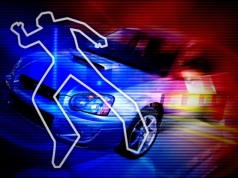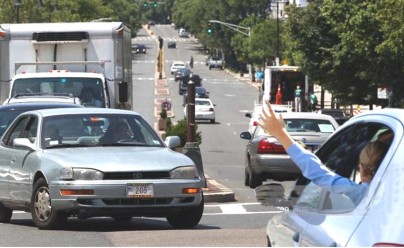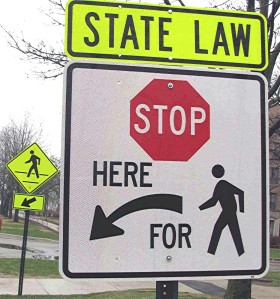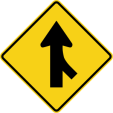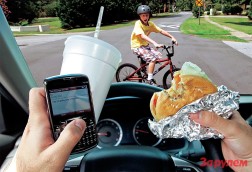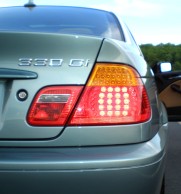
Do you take Fido along with you wherever you drive? Some furry passengers just love to ride! But traveling with pets in automobiles can be extremely dangerous for you, your family, and your family companion. While pets are by far the most lovable driving distraction, they can still present a challenge on a par with smartphones and snacks.
Loose pets inside of vehicles can become a deadly distraction for drivers. A 2011 survey by AAA produced some startling statistics on dogs, driver distraction, and the dangers involved:
29 percent of respondents admit to being distracted by their dog while driving:
52 percent have pet their dog while driving
17 percent allowed their dog to sit in their lap
13 percent of drivers gave food or treats to their dog
4 percent acknowledged playing with their dog
All these behaviors can distract the driver and increase the risk of a crash.
Not only are pets natural-born distracters, they can be seriously injured — and can seriously injure you — if not properly restrained. Pet restraints can seem so restraining. But they are the easiest and best method for limiting distraction and protecting you and your pals if a crash occurs. Without proper restraint, a simple joyride with your four-legged friend could result in harsh consequences for everyone.
An overwhelming 84 percent of survey respondents in the AAA survey, stated that they have driven with their pets on a variety of car trips. However, only 16 percent use any form of pet restraint system when driving with their dog. You need to keep your pets from becoming projectiles:
A 10-pound dog that’s not restrained can generate 500 pounds of force in a 50-mph crash.
A 60-pound dog can turn into a 2,700 pound projectile at 35 mph.
An 80-pound dog can generate 2,400 pounds of force in a 30 mph crash.
The use of a pet restraint system can aid in limiting distractions and help protect your pet:
Restraint systems that limit a pet’s ability to distract the driver, restrict pet movement in a crash, and mitigate crash forces are best to use. You can choose from 3 common options:
- Pet seat belts: You’ll need to buy one separately (regular human belts can be dangerous), but they’re often easy to use and work in tandem with your normal seat belt. Look for a harness that lets your pet sit or lie down, but will keep them restrained in an accident. Check to make sure the pet belt is the right size for your animal. One that’s too big or too small is counterproductive and can cause unnecessary injuries. Restraining a pet in the back seat is safest for pets. A car’s airbags can prove deadly to a pet.
- Pet carriers: Look for a sturdy carrier with ample ventilation and plenty of room for your pet to turn around and stretch out. Also, make sure you secure the carrier so that it stays safely in place if you suddenly brake or get into a crash. Padded harnesses with sturdy connectors and straps are available to connect to a vehicle’s seat belt or LATCH system. Both hard- and soft-sided crates can be used in vehicles, but should always be strapped down. Pet car seats or basket-style holders can be used with smaller dogs.
- A wide variety of barrier systems are available to fit various makes and models of vehicles. These can be helpful in reducing doggie distractions, but do not offer protection during a crash.
All of this is to say that driving with pets can be dangerous for both you and your number-one pal. Finally, keep in mind that if you are in a crash after your pet distracts you, you could be held liable for the damages.

